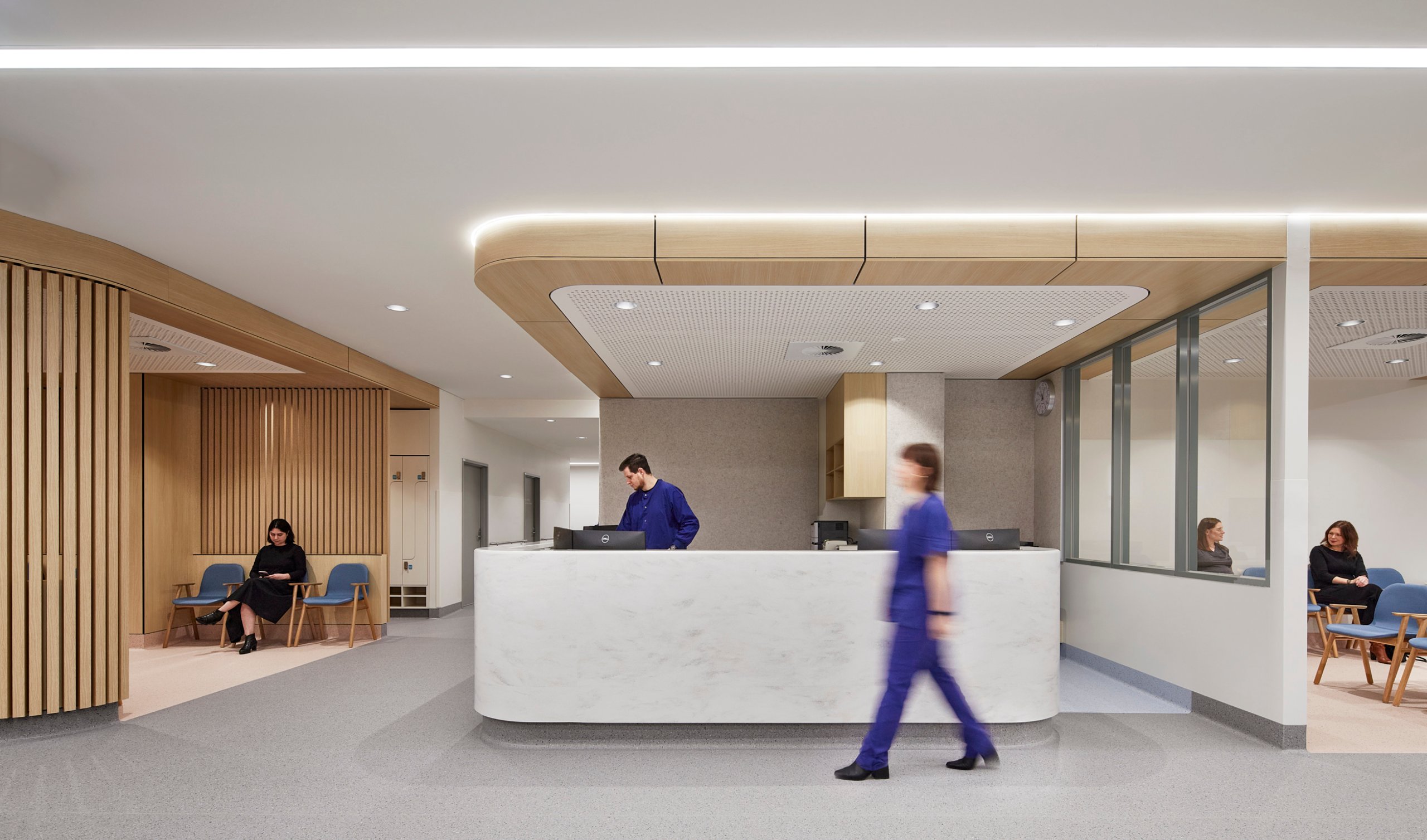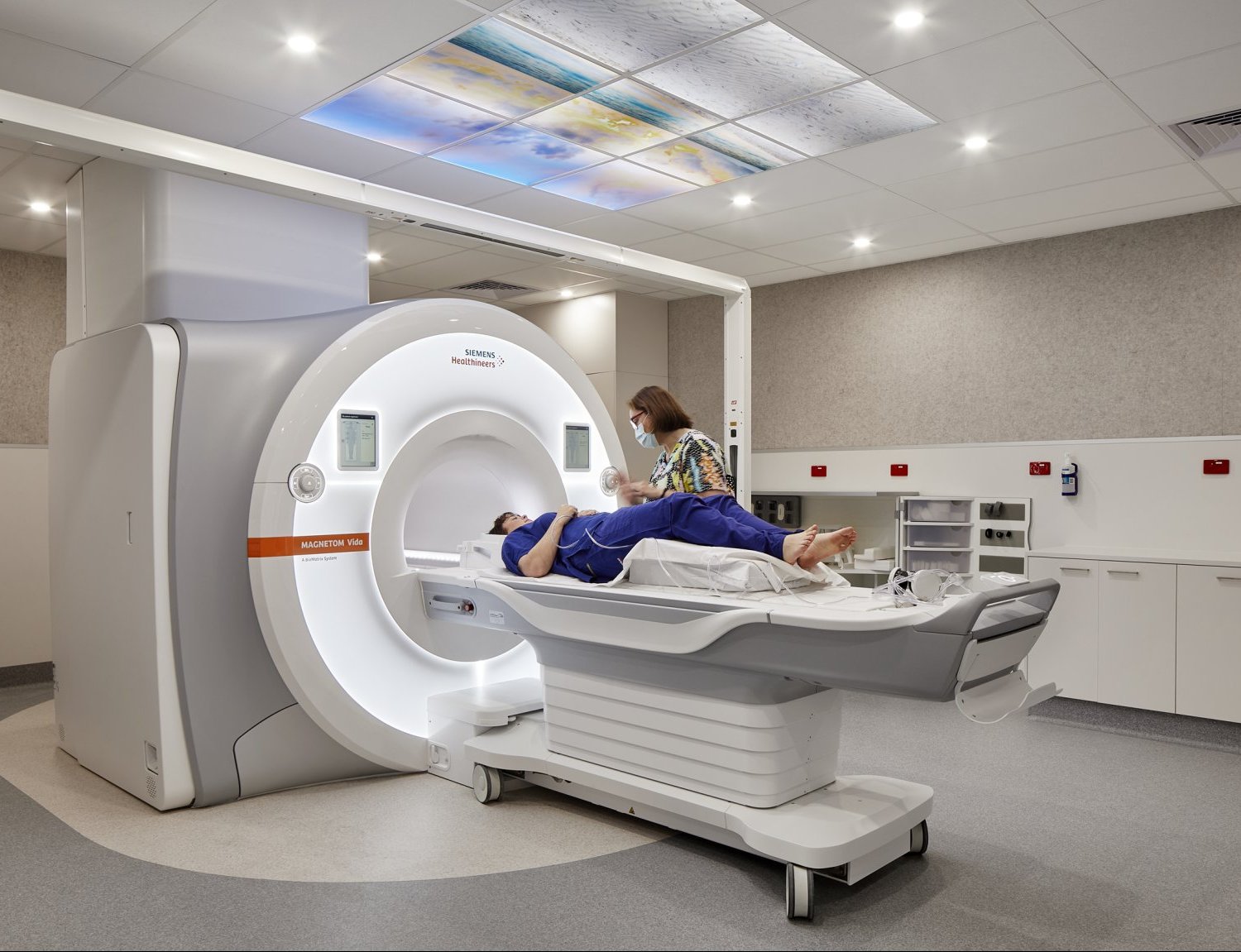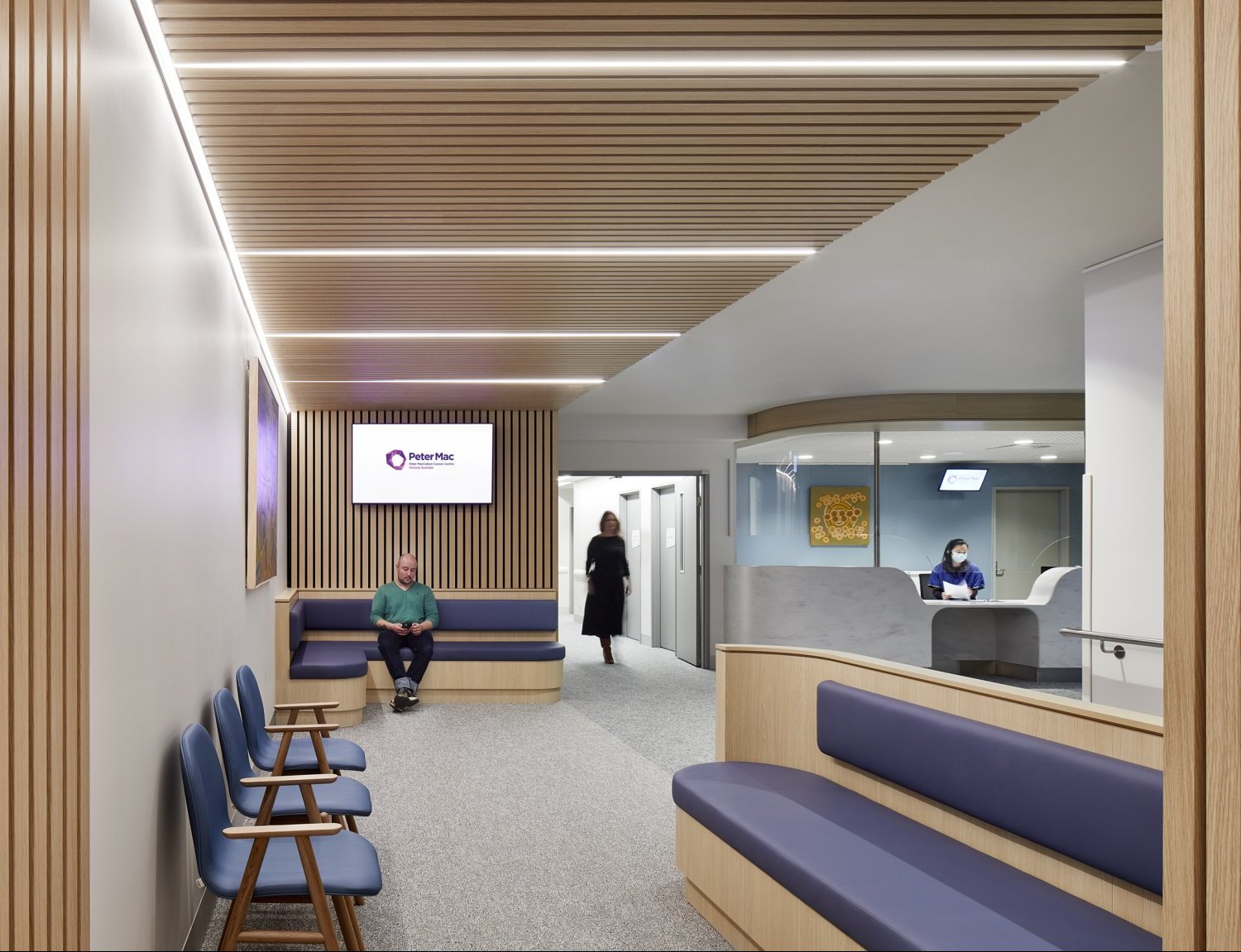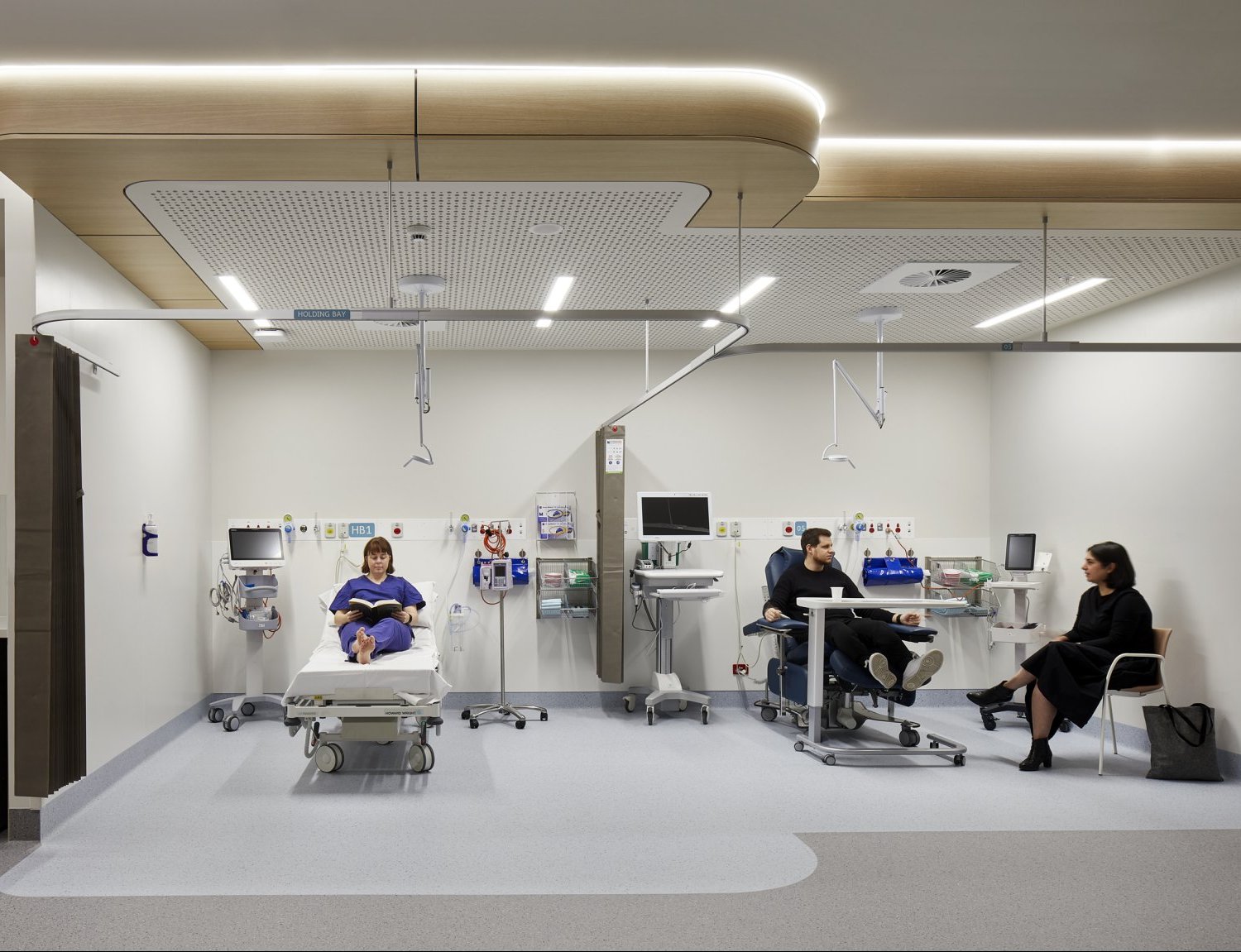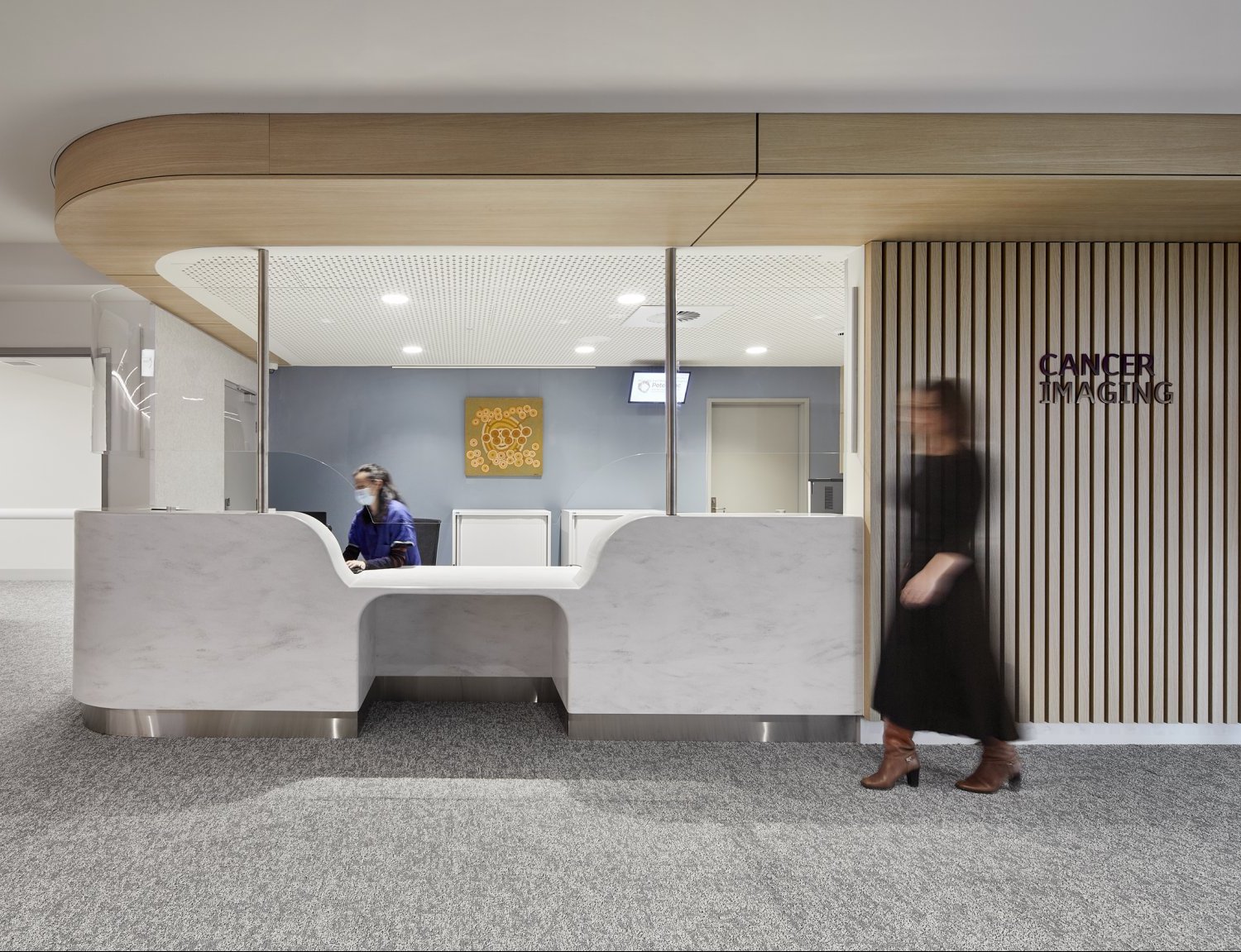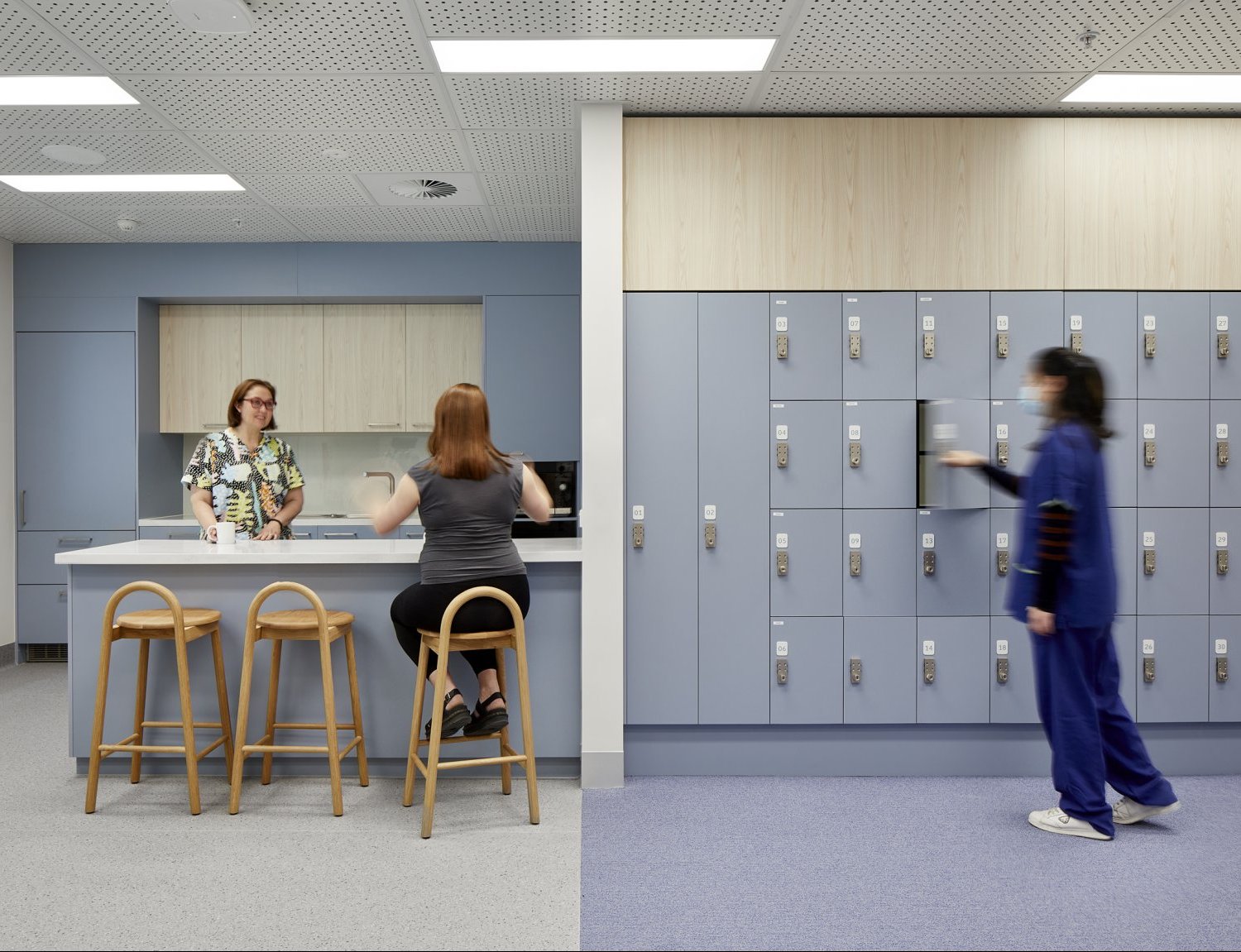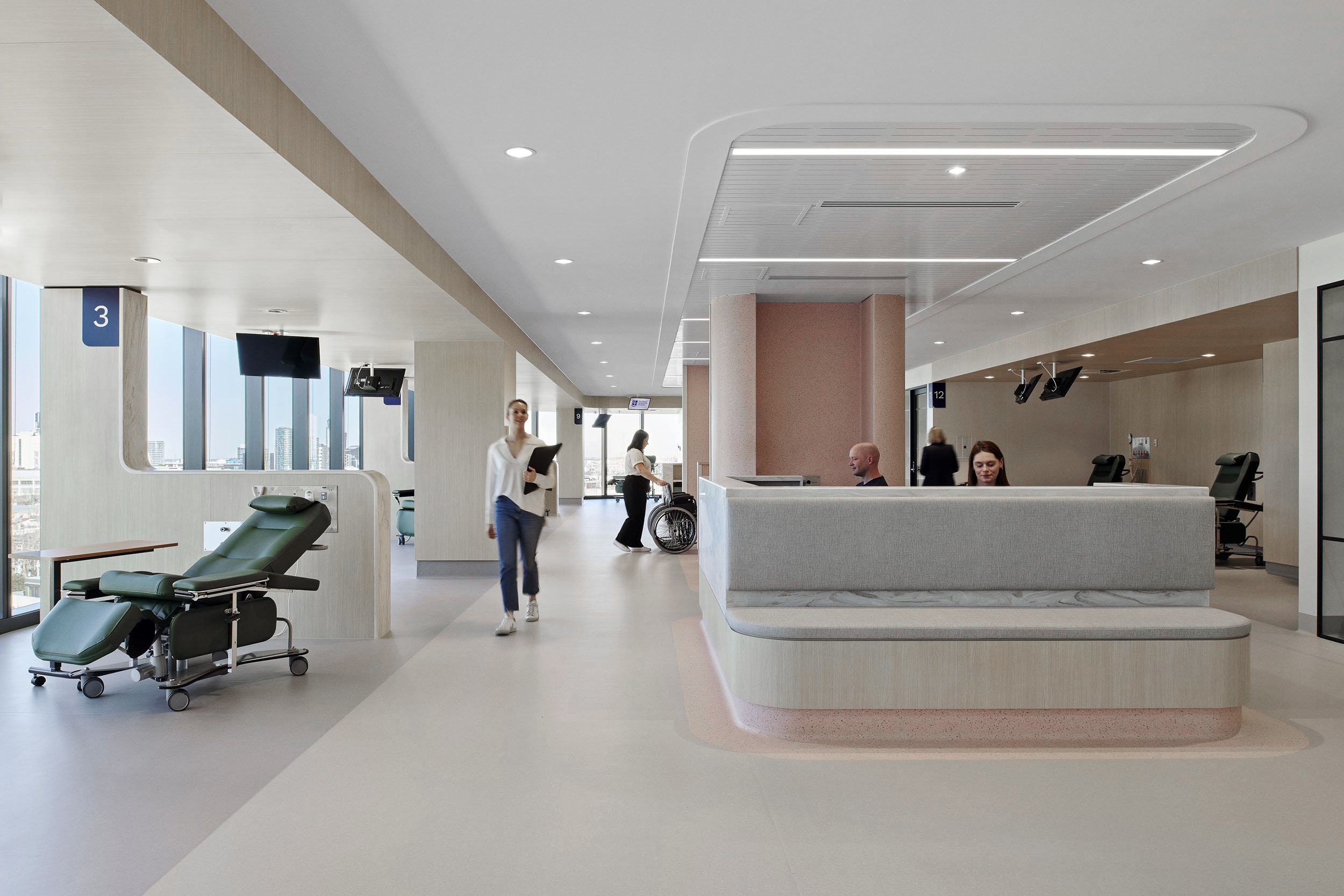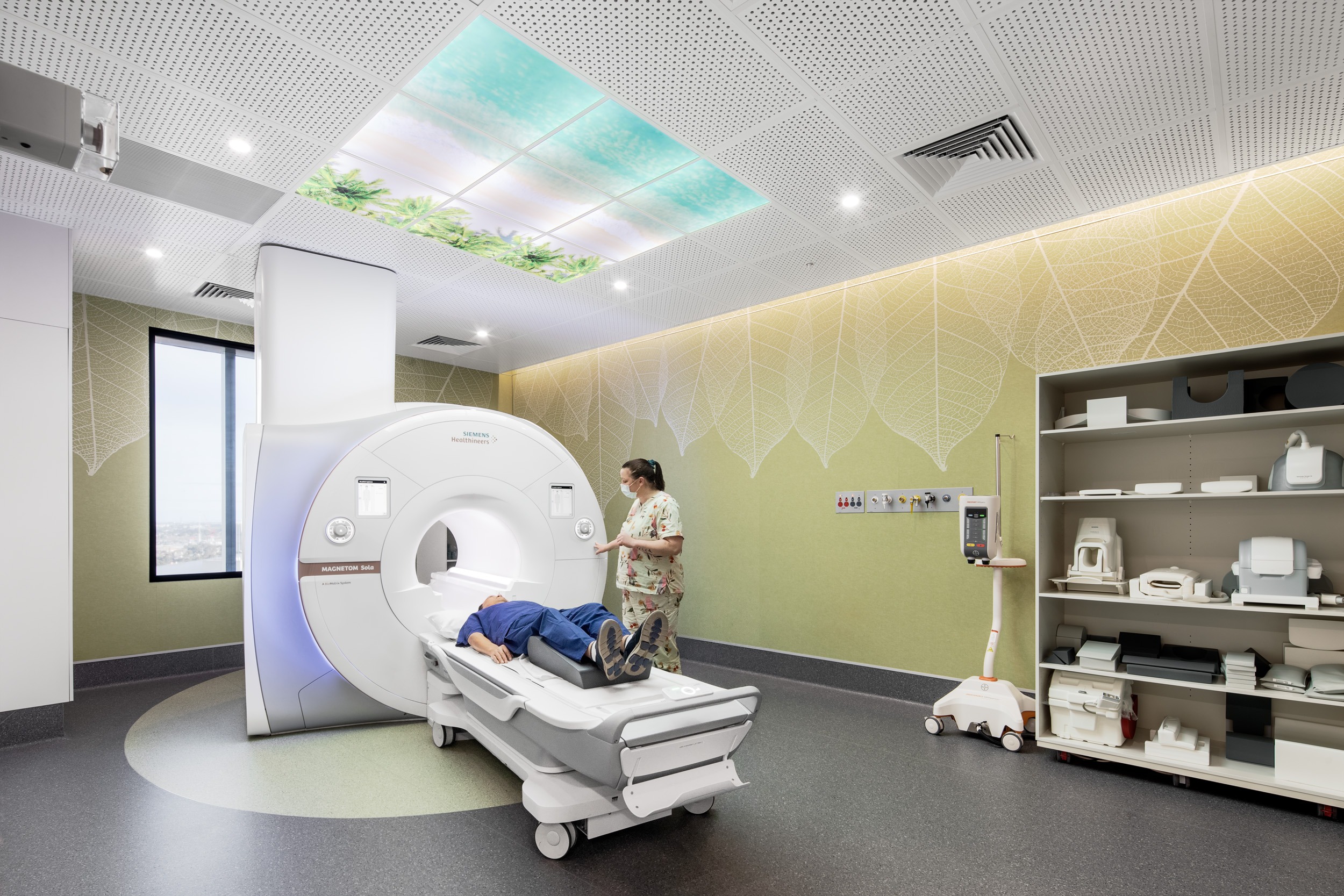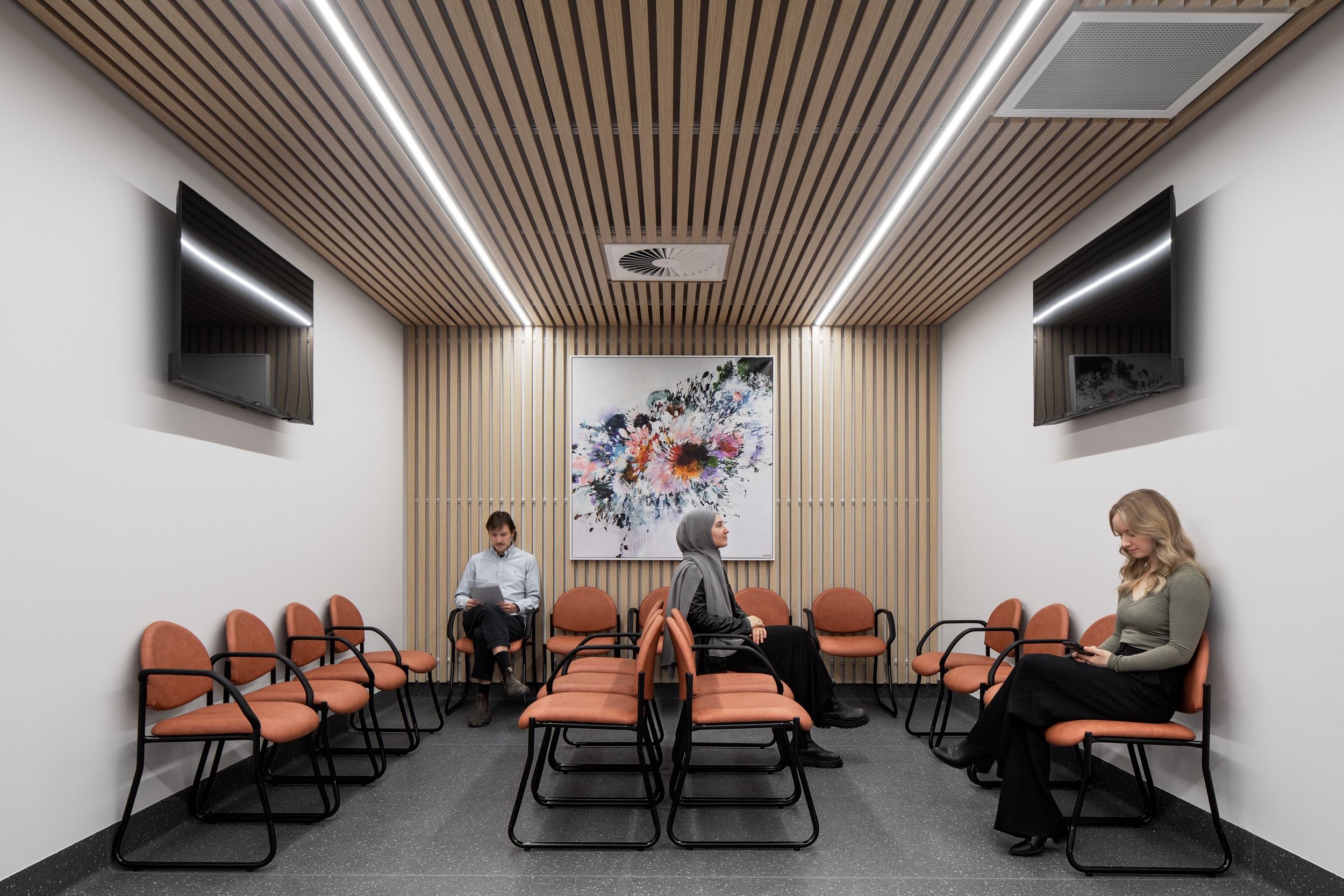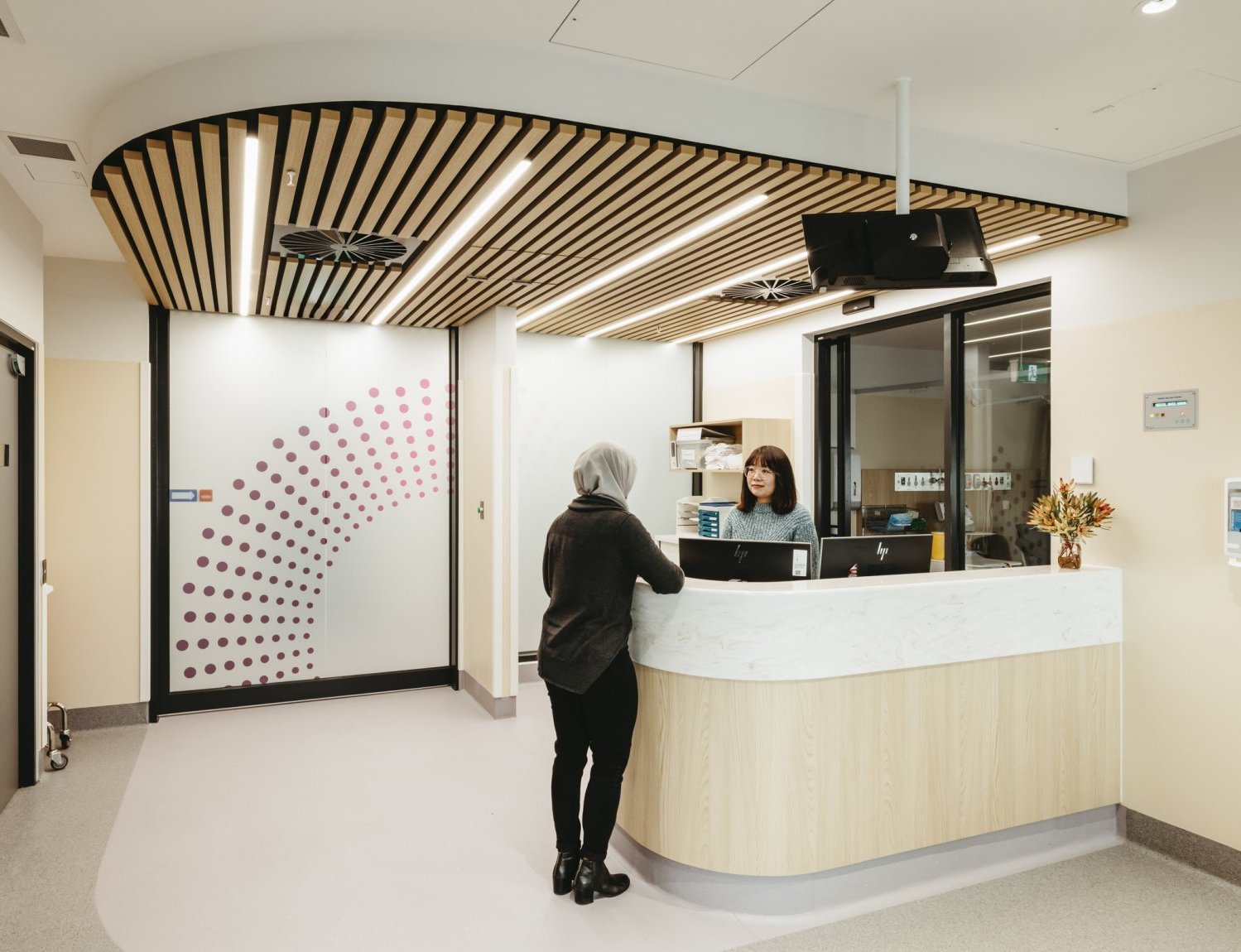Peter MacCallum Cancer Centre (PMCC) is a leading integrated cancer research, treatment, and education centre globally. Gray Puksand were appointed initially to undertake a detailed Feasibility Study to assess the suitability of various locations within the old Peter Mac site in East Melbourne for a relocated Cancer Imaging Department.
A key consideration of this study were the structural loads of the MRI and imaging machinery and the practicality of installing the equipment and replacing it in the future. Following the recommendations of the feasibility and the selection of Level 2 as the most suitable location – as it would impact on the existing hospital operations the least – a rigorous stakeholder engagement process was undertaken.

